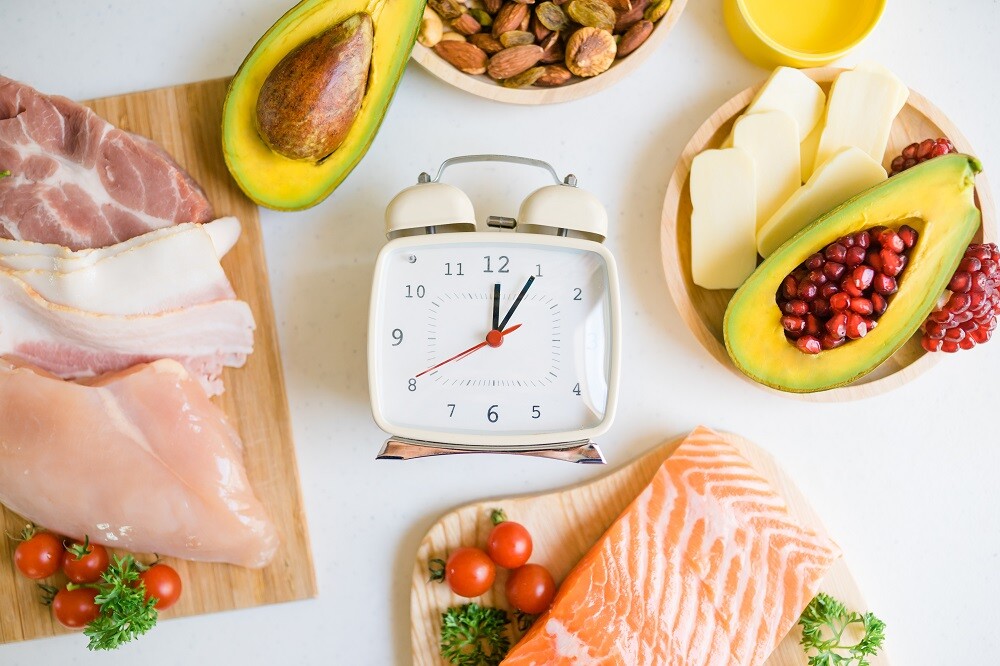Physical activity is defined by the World Health Organisation as “any bodily movement that requires energy expenditure. Physical activity refers to al...
Physical activity is defined by the World Health Organisation as “any bodily movement that requires energy expenditure. Physical activity refers to all movement including during leisure time, for transport to get to and from places, or as part of a person’s work. Both moderate- and vigorous-intensity physical activity improve health.”
Physical activity can include walking, cycling, playing team sports, active recreation, and play. It can be done at any skill level.
Regular physical activity helps to prevent heart disease, stroke, diabetes and some cancers. It can also help to prevent hypertension, maintain healthy body weight and can improve mental health, quality of life a general well-being.
Benefits
According to VicHealth, if you are regularly physically active, you may:
- reduce your risk of a heart attack
- manage your weight better
- have a lower blood cholesterol level
- lower the risk of type 2 diabetes and some cancers
- have lower blood pressure
- have stronger bones, muscles and joints and lower risk of developing osteoporosis
- lower your risk of falls
- recover better from periods of hospitalisation or bed rest
- feel better – with more energy, a better mood, feel more relaxed and sleep better.
There is research indicating the physical activity helps depression. There are many views as to why this is the case, including:
- Exercise may block negative thoughts or distract you from daily worries.
- Exercising with others provides an opportunity for increased social contact.
- Increased fitness may lift your mood and improve your sleep patterns.
- Exercise may also change levels of chemicals in your brain, such as serotonin, endorphins and stress hormones.
Physical Activity Guidelines
Australia’s physical activity guidelines recommend that adults (aged 18-64 years) should be active on most days, preferably every day. Each week, adults should do:
- 5 to 5 hours of moderate intensity physical activity – such as a brisk walk, golf, mowing the lawn or swimming, or
- 25 to 2.5 hours of vigorous intensity physical activity – such as jogging, aerobics, fast cycling, soccer or netball, or
- an equivalent combination of moderate and vigorous activities.
Include muscle-strengthening activities as part of your daily physical activity on at least 2 days each week. This can be:
- push-ups
- pull-ups
- squats or lunges
- lifting weights
- household tasks that involve lifting, carrying or digging.
You can add activity into your day, this is known as incidental activity. Making small changes to what you do day-to-day could make a big difference. Examples of incidental activity include:
- walk or ride your bike for short trips instead of driving
- drive to a ‘park and ride’ spot, and walk or ride your bike the rest of the way
- use the stairs instead of the lift or escalator
- get off the bus one stop earlier and walk the rest of the way
- park further away from your destination and walk
- walk to the park to eat lunch.
What not to do
Long periods of physical inactivity can offset the benefits of your physical activity. Some tips to break up periods of inactivity include:
- reduce the time you spend sitting – for example, by organising walking meetings, using a standing desk, or enjoying a walk during your lunch break
- break up long periods of sitting – for example, by doing lunges or star jumps or walking around when on the phone.
Physical activity has many benefits, and it is adaptable to different levels of fitness. If you are thinking of starting a new exercise program after a break from activity, please consult a healthcare practitioner to make sure it is suitable for you.
Recipe: Trail Mix
Trail mix is a snack mix that was developed to be used as a snack for hikers. The ingredients of trail mix can vary, but usually includes dried fruits, nuts, seeds and sometimes chocolate.
Here’s a fun fact: in Australia, trail mix is known as “scroggin”.
Trail mix is high in protein, healthy fats and carbohydrates, making it a perfect snack of you are going out for a long walk this Walktober!
Trail mix is easy to make, and the best part is that you can add in or leave out ingredients according to your own preferences. There are so many recipes online for trail mix. Here’s one from the The Healthy Chef, Theresa Cutter. Check her blog to find suggestions for alternative ingredients, or try making your own recipe up!
Ingredients
(Makes 3-4 portions)
1 cup almonds
1 cup brazil nuts
1/4 cup pumpkin seeds
Handful goji berries
Small sprinkle of toasted coconut flakes
2 sun-dried organic pineapple slices
Method
Combine all the ingredients and store in an airtight container in the fridge.
Divide into handful size portions and enjoy as a quick meal or healthy snack.
About The Author - AMC Team
Our team consists of doctors, nurses, program assistants, naturopaths and nutritionists that join their wealth of knowledge to offer our patients and website visitors interesting and insightful articles to assist you understand the symptoms you are experiencing and how to relieve them.
You’ll also like these posts
Physical activity is defined by the World Health Organisation as “any bodily movement that requires energy expenditure. Physical activity refers to al...

